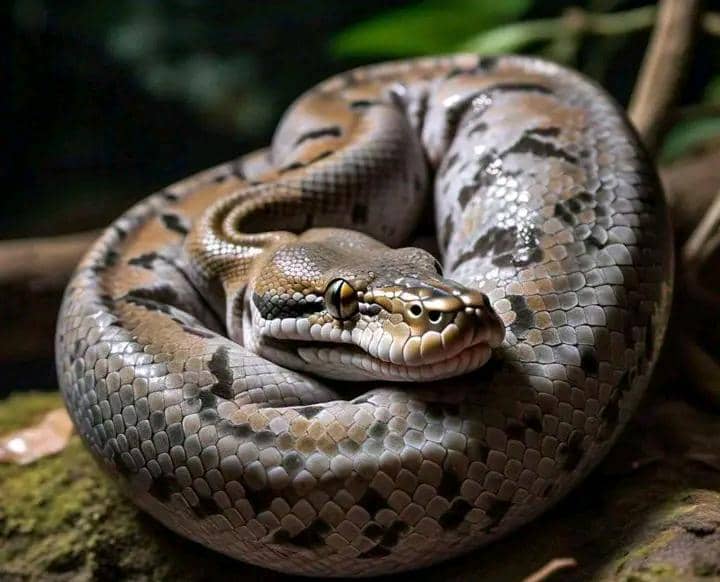Pythons are fascinating reptiles belonging to the family Pythonidae, known for their impressive size and unique adaptations. These non-venomous constrictors are primarily found in Africa, Asia, and Australia, with species like the reticulated python and ball python being particularly popular among reptile enthusiasts.
Pythons can grow to significant lengths, with some reaching over 20 feet, making them one of the largest snake species in the world.
Anatomically, pythons possess a highly elongated body structure with up to 600 vertebrae, which allows for remarkable flexibility and movement. Each vertebra is associated with a pair of ribs, contributing to their robust skeletal framework.
Unlike other reptiles, pythons lack limbs, which enhances their streamlined shape, enabling them to navigate through various environments, from dense forests to open grasslands.
Pythons have specialized feeding mechanisms that allow them to consume prey larger than their own diameter.
Their jaws are uniquely adapted with flexible ligaments, enabling them to open wide and swallow prey whole. Once captured, pythons constrict their prey, suffocating it before consumption.
This method of hunting is effective for their diet, which includes mammals, birds, and occasionally reptiles.
In terms of reproduction, pythons are oviparous, laying eggs that they incubate by coiling around them to maintain warmth.
Female pythons exhibit maternal care, protecting their eggs until they hatch. The young snakes are independent from birth, equipped with the skills necessary for survival in their environments.
Pythons are generally remarkable creatures that showcase the diversity and adaptability of reptiles. Their unique anatomical features, impressive hunting strategies, and reproductive behaviors make them a subject of interest for both researchers and reptile enthusiasts alike.
Understanding these aspects of pythons contributes to the broader knowledge of snake biology and ecology.

